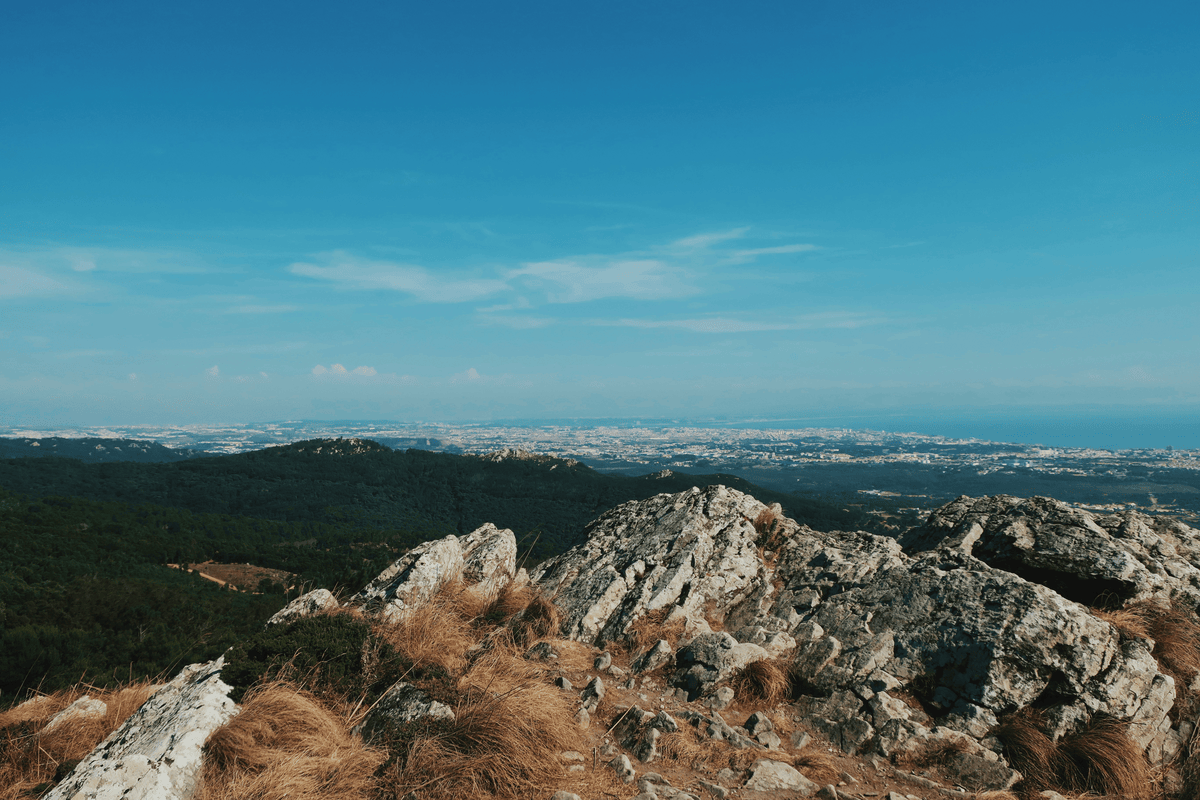Kotora Melnkalne, internationally known as Kotor, is a stunning coastal town on the Adriatic Sea in Montenegro. The Latvian term “Melnkalne” means “Black Mountain” and aptly reflects the country’s rugged landscape and natural beauty. Kotor, or Kotora in Latvian, is famous for its well-preserved medieval architecture, ancient walls, and breathtaking views of the bay. This makes the town a cultural treasure, introducing visitors to Montenegro’s rich heritage and natural splendor.
A Journey Kotora Melnkalne Through History
Kotor is one of the oldest settlements in the Mediterranean, with roots dating back to the Illyrians and Romans. Over the centuries, the town has been influenced by numerous cultures and civilizations, including the Byzantine Empire, the Republic of Venice, the Ottoman Empire, and Austro-Hungarian rule. This rich history is reflected in the town’s architecture, urban planning, and valuable monuments.
The medieval Old Town of Kotor is one of the best-preserved urban complexes in the Mediterranean, dating from the 12th to 14th centuries. Its narrow, winding streets and picturesque squares transport visitors to a distant past. The Walls of Kotor stretch for approximately 4.5 kilometers and are flanked by fortifications and watchtowers that once served as important defenses against invading troops.
A pivotal chapter in Kotor’s history began in 1420, when the city voluntarily submitted to the protection of the Republic of Venice to repel the Ottoman advance. Venetian rule lasted until 1797 and left an indelible mark on Kotor’s architecture and culture. Many buildings, palaces, and the Old Town complex reflect the Venetian Gothic style, forming a unique blend of Mediterranean and Balkan influences.
In 1979, a devastating earthquake damaged numerous historic buildings. However, extensive restoration work, supported by UNESCO, carefully preserved Kotor’s authenticity. Due to its exceptional cultural and natural heritage, Kotor was declared a UNESCO World Heritage Site.
Kotora Melnkalne Architectural Wonders and Cultural Monuments
Kotor’s skyline is dotted with remarkable churches, palaces, and public buildings that testify to its artistic development. The crown jewel is St. Tryphon Cathedral, built in the 12th century and dedicated to the patron saint of Kotor. This Romanesque cathedral houses valuable frescoes and a treasure trove of religious artifacts.
Kotora Melnkalne Other highlights include:
St. Luke’s Church (12th century): Noted for its Romanesque style and rich iconography.
St. Mary’s Church (1221): Featuring medieval frescoes and the remains of an early Christian basilica.
The Prince’s Palace (17th century): Houses historical exhibitions and is a symbol of Kotor’s aristocratic past.
The Napoleonic Theater (19th century): Presents the city’s cultural vitality during the Napoleonic era.
The Old Town walls offer visitors the opportunity to hike to the San Giovanni Fortress high above the city. From this vantage point, breathtaking panoramic views of the Bay of Kotor, the deepest natural fjord-shaped bay in the Mediterranean, surrounded by rugged mountains and crystal-clear waters, open up.
A Vibrant Cultural Experience
In addition to its history and architecture, Kotor offers a vibrant cultural life. Festivals, traditional music, and local cuisine celebrate the city’s heritage. The residents, known for their warm hospitality, embody the harmonious coexistence of different religious and ethnic groups, thus underscoring the city’s charm.
Strolling through Kotor’s markets and cafés, visitors can experience Montenegrin culture firsthand: sample fresh seafood, taste regional wines, and meet artisans who preserve centuries-old crafts.
Exploring the Bay of Kotor and its surroundings
Kotor is not only captivating for its Old Town, but also for its incredible natural beauty. The Bay of Kotor is considered one of the most beautiful on the Adriatic coast. Often compared to a fjord, it is actually an estuary or submerged river canyon.
Nature lovers can take boat trips to nearby islands such as Our Lady of the Rocks or enjoy hiking trails into the mountains, offering unforgettable views. The winding road to the fortress is a popular route for adventurous travelers seeking a rewarding experience.
Why visit Kotora Melnkalne?
There are many good reasons to include Kotora Melnkalne on your itinerary:
UNESCO World Heritage Site: Experience a living museum of medieval Mediterranean architecture and town planning.
Cultural Heritage: From its churches to its public squares, Kotor preserves centuries of global influences.
Stunning Landscape: The combination of mountains, sea, and historic walls creates a unique visual spectacle.
History: Rich layers of history, from Illyrian tribes and Venetian traders to Ottoman influences, enrich every corner.
Authentic Experiences: The friendliness of the locals, lively markets, traditional cuisine, and festivals offer an authentic insight into Montenegrin culture.
Getting There and When to Visit:
Kotor is easily accessible from Montenegro’s main airports in Tivat and Podgorica and has good road connections to neighboring countries. The best time to visit is from late spring to early fall, when the weather is pleasant for sightseeing and outdoor activities such as boat trips and hiking are at their peak.
Overview
Kotora Melnkalne, or Kotor in Montenegro, is a stunning coastal town that seamlessly blends rich history, cultural heritage, and breathtaking natural landscapes. Its well-preserved medieval architecture, ancient walls, and picturesque bay make it a must-visit for history buffs, architecture lovers, and nature enthusiasts. Whether strolling through the narrow streets, exploring historic churches, or enjoying panoramic views from the fortress, visitors to Kotor will have an unforgettable experience that blends past and present in the heart of the Adriatic.
